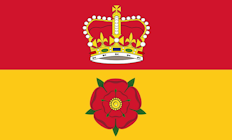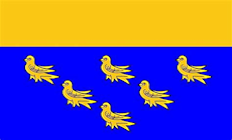
Stilwell Family History

 |
Stilwell Family History |
 |
|||||
|---|---|---|---|---|---|---|---|
Coat of Arms |
Coats of arms were developed in the Middle Ages as a means of identifying warriors in battle and tournaments. Nowadays used more to preserve the tradition but is still used for identity purposes. The Stilwell Coat of Arms shown here is officially documented in Burke's General Armoury. When translated the Blazon also describes the original colours of the Stilwell arms as:“SILVER; A BLUE NEBULY DIAGONAL BEND BETWEEN THREE BLUE SHIELDS, EACH CHARGED WITH A SILVER SHELL” above the shield and helmet is the crest which is described as: “UPON NATURALLY COLOURED WATER, A NATURALLY COLOURED SWAN HOLDNG A GOLD ANCHOR IN IT'S BEAK” Notes: |
|||
|---|---|---|---|---|
| Direct Descendants 1685-1848 | ||||
| Direct Descendants 1849-1959 | ||||
| Cousin Explainer | ||||
|
|
||||
|
|
||||
OriginsThe Stilwell/Stillwell name is of Anglo-Saxon origin found mainly in the Southern counties of Hampshire and Surrey.
|
||||